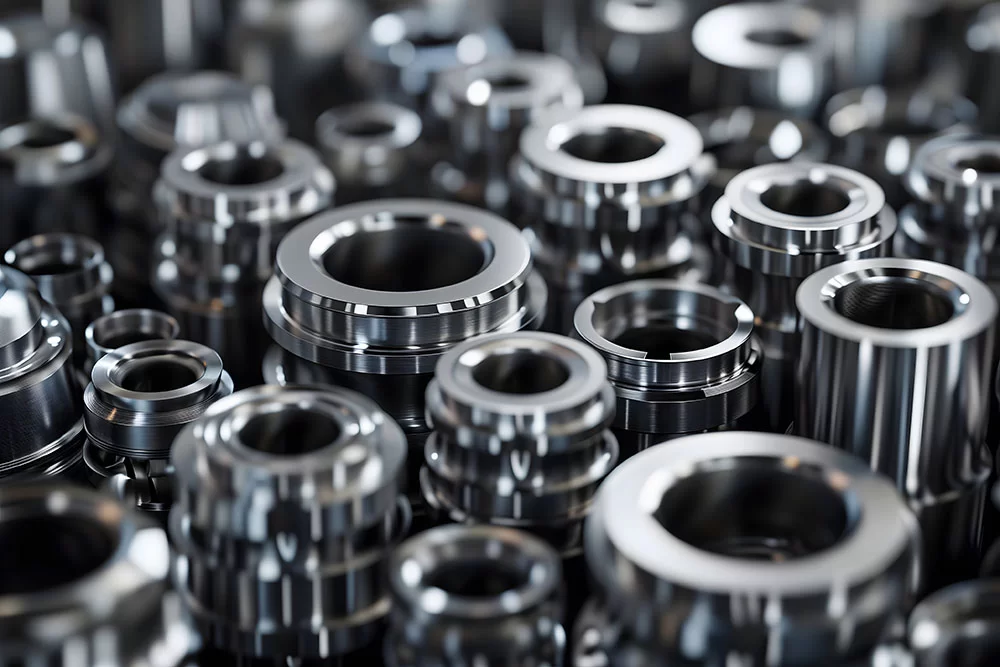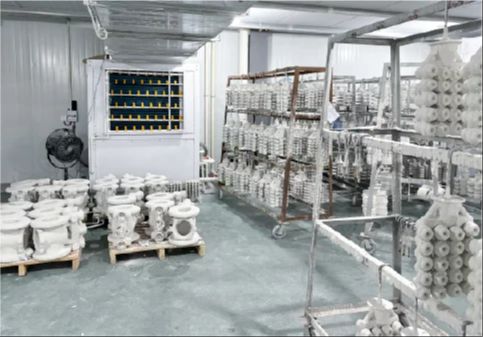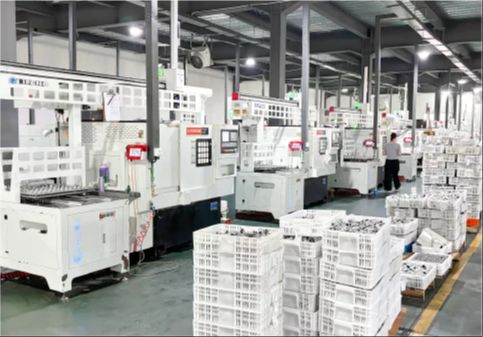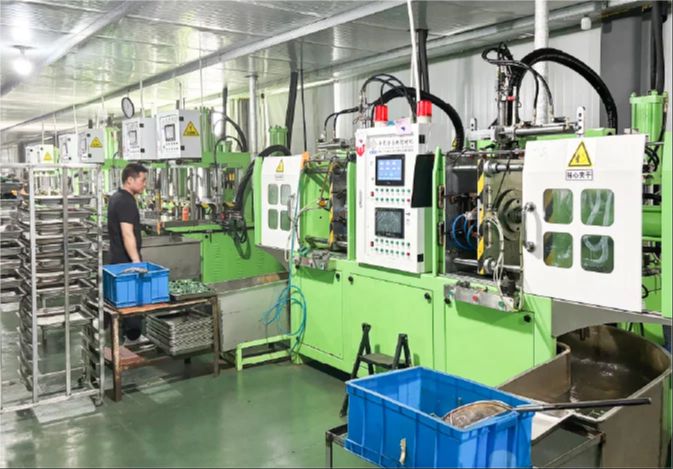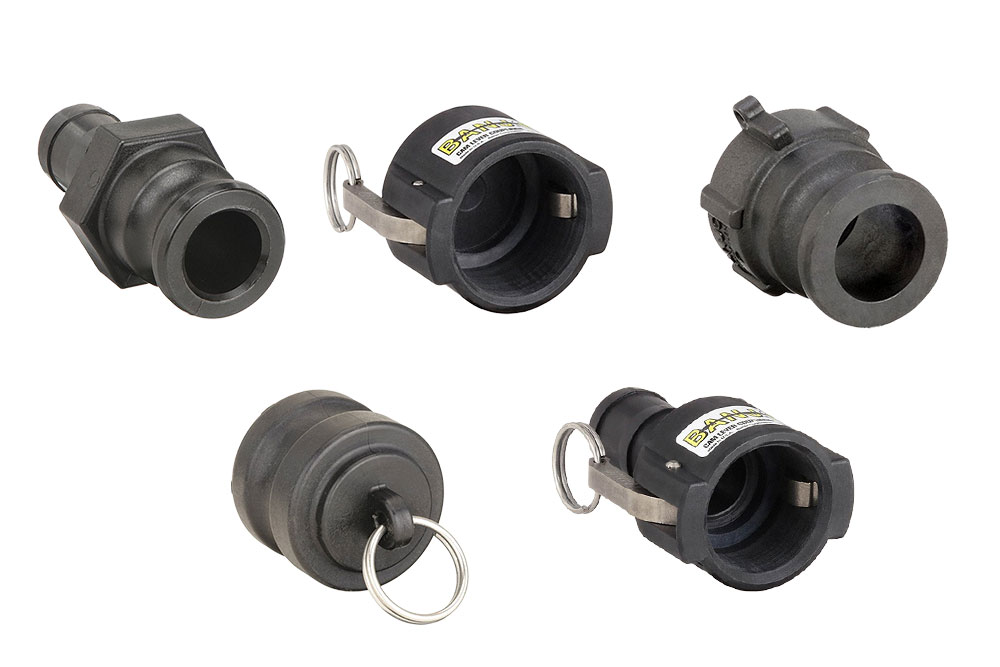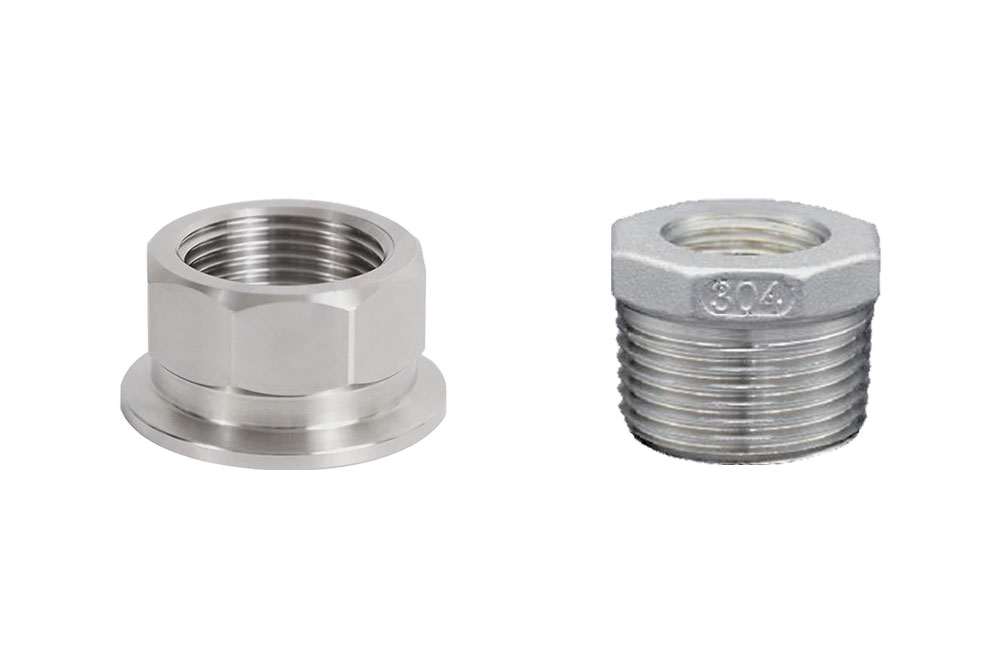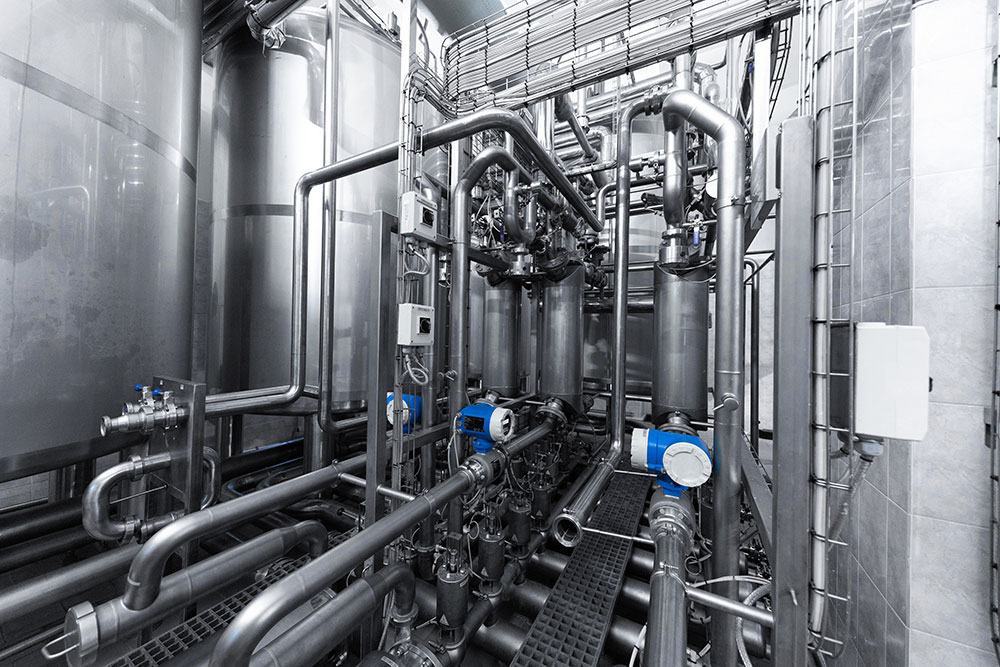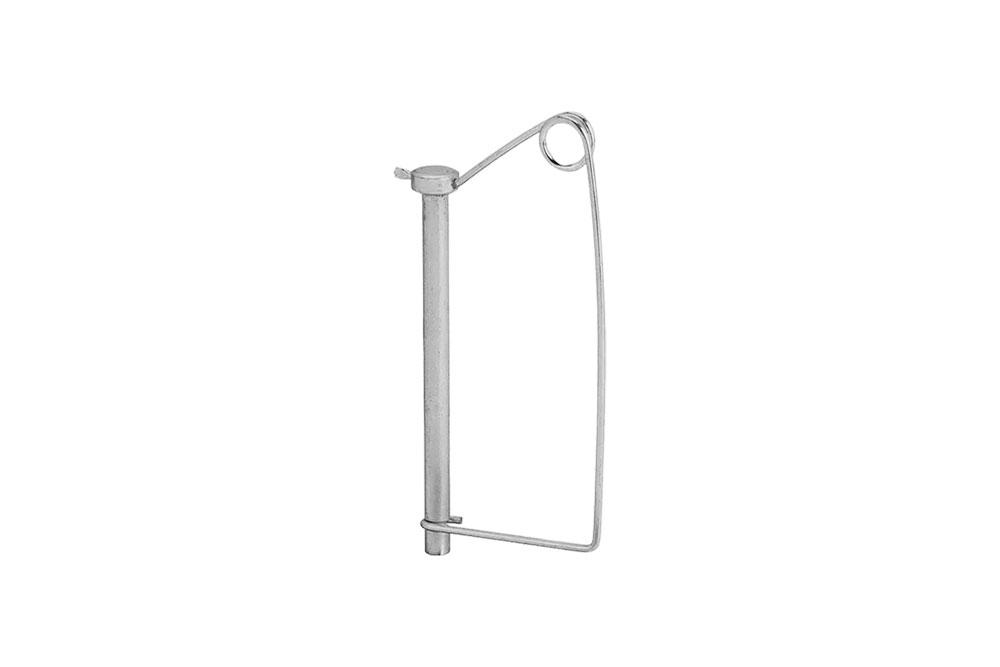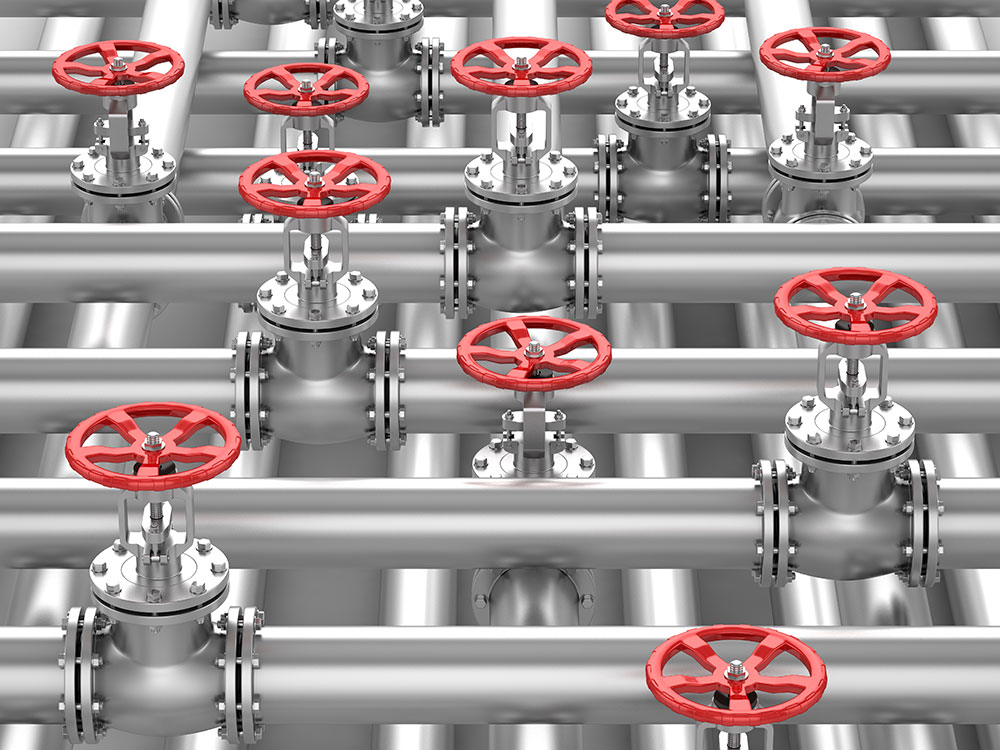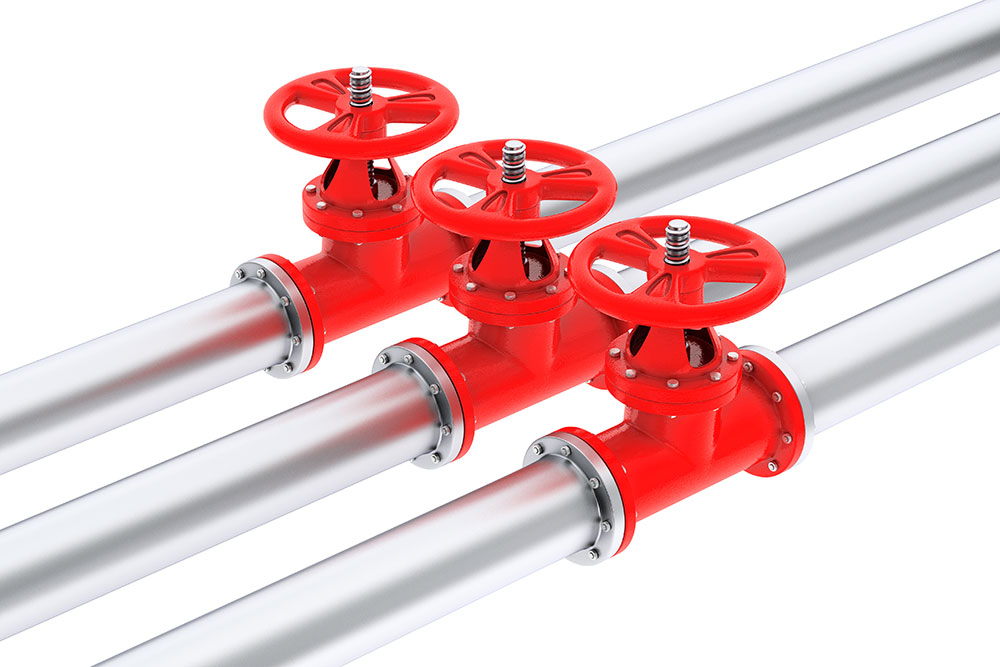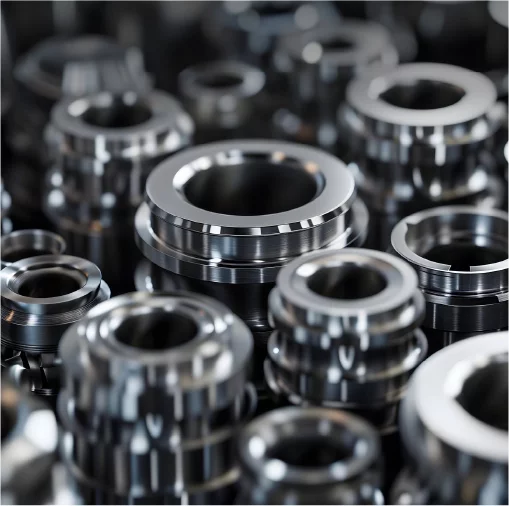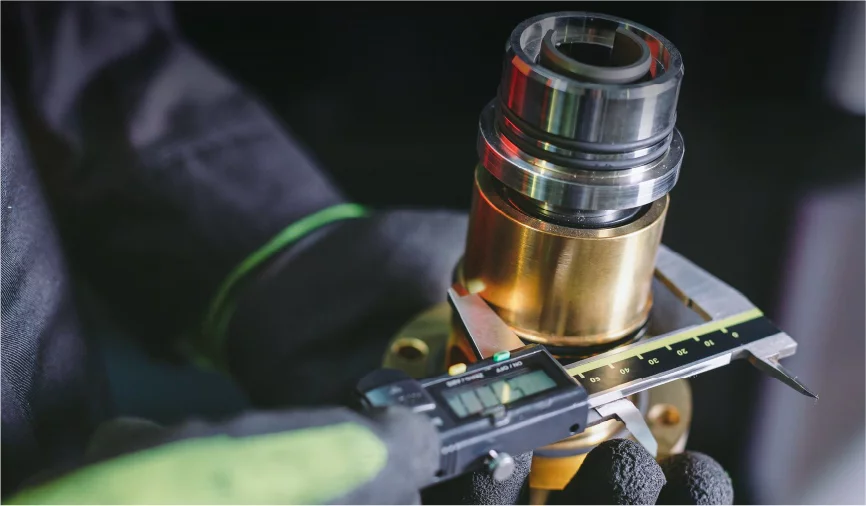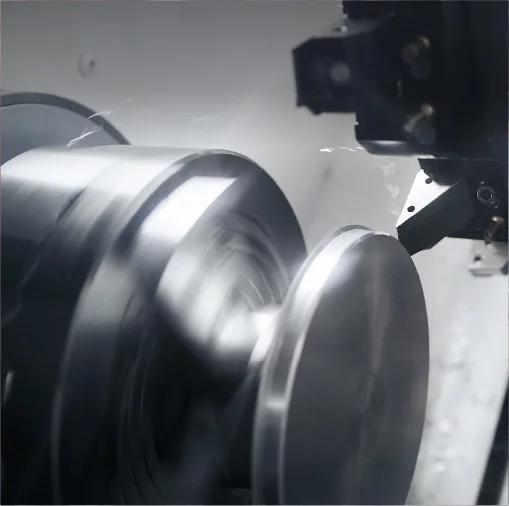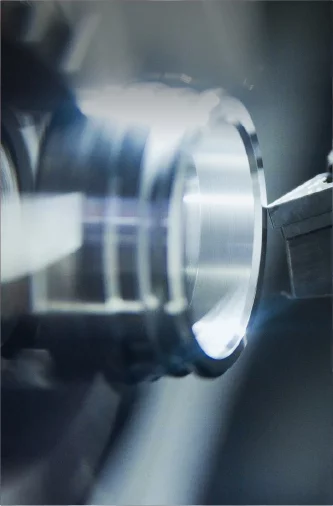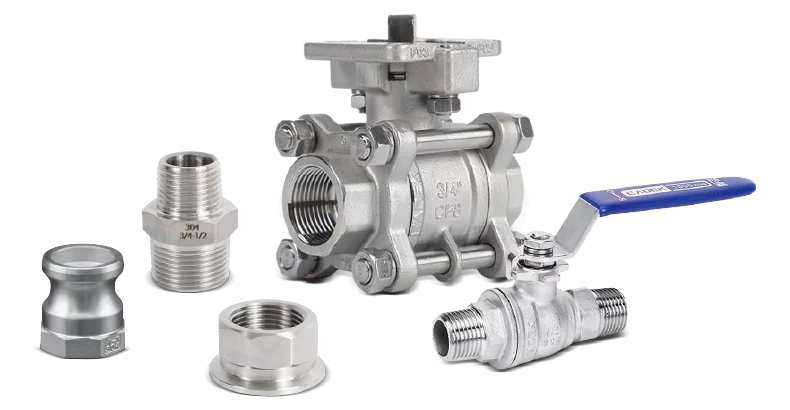Introduction
When it comes to making hose and pipe connections that are efficient, secure, and quick, camlock fittings, often referred to as cam and groove couplings, are a go-to choice in the industry. Industries like agriculture, manufacturing, petroleum, and food processing rely on these adaptable connectors to simplify fluid transfer, all without the need for tools.
Whether you’re just starting to explore cam and groove fittings or want to expand your knowledge, this all-encompassing guide will cover everything you need to know, from the different types and materials to their applications and best practices, and even how to choose camlock fittings. Let’s jump right in!
What is a Camlock?
A camlock, also known as a cam and groove coupling, is a quick-connect system that makes it super easy to connect and disconnect hoses and pipes without needing any tools. It operates with a male adapter called the “groove” and a female coupler called the “cam.”
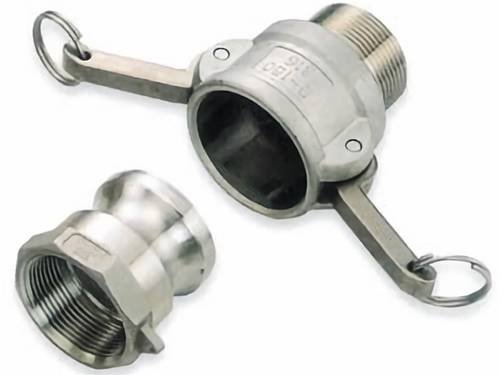
When you close the cam arms, they securely lock the groove, creating a tight and reliable fit. These fittings are popular because they’re simple to use, durable, and convenient.
What is a Camlock Used For?
Many industries use quick-release hose connectors to quickly and securely connect hoses and pipes, ensuring efficient and leak-free fluid transfer. Their tool-free, quick-connect design makes them ideal for temporary and permanent setups.
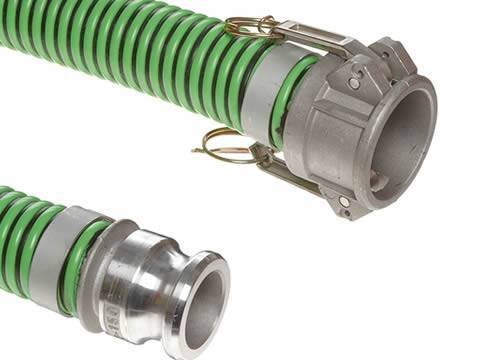
Have you ever wondered what a Camlock fitting is used for? These versatile connectors are essential in many industries, offering quick and secure hose connections. Let’s explore some of the most common applications where Camlock fittings prove invaluable.
- Industrial Fluid Handling: Camlock fittings for industrial use provide a safe and quick way to transfer water, chemicals, and other liquids in chemical plants, production facilities, and various other industrial applications.
- Agriculture: Cam and groove fittings move various water and fertilizer products in agriculture and irrigation systems, from tanks and pumps to sprinkler lines with minimal downtime.
- Petroleum and Oil: Choose the best camlock couplings for petroleum transfer to handle volatile substances when transferring fuel safely. For quick transfers, most fuel transfers use aluminum or stainless steel camlocks in refineries, gas stations, and tanker trucks.
- Food and Beverage Processing: In sanitary applications like milk, juice, and beer transfers, stainless steel Camlocks are the best option if you want sanitary fittings that are easy to clean and won’t corrode.
- Construction and Mining: Camlock connectors are in dewatering, dust suppression, and fuel delivery systems. Built for tough job sites, they offer the durability and ease of use that industrial applications demand.
- Firefighting and Emergency Services: Camlocks’ ability to connect hoses quickly is very valuable in high-pressure, critical installs.
How to Use Camlock Safely
Cam couplers are easy to use, making the Camlock coupling a popular option for quickly connecting hoses and pipes.
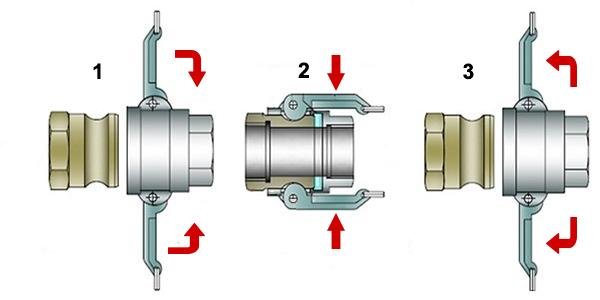
Use the steps below to use a Camlock coupling safely and effectively:
Step 1: Identify the Components
A typical Camlock coupling has two parts:
- Coupler (female part) – Contains two cam arms.
- Adapter (male part) – Fits into the coupler and has a grooved end.
Step 2: Inspect the Fittings
Before connecting the coupler and adapter, inspect both parts for:
- Dirt and debris.
- Cracks or other damage.
- Worn gaskets (located on the inside of the coupler).
Clean them and ensure that they are in good working order. You will have no problem making a proper seal.
Step 3: Connecting the coupler and adapter
- Open the cam arms on the coupler fully outward.
- Insert the Adapter into the Coupler until seated.
- Simultaneously close both cam arms. As you push down on the arms, they will lock into the grooves of the adapter, creating a secure seal.
As the arms engage the grooves, you should feel some resistance. This resistance is what will provide you with a secure connection.
Step 4: Confirming the seal
Confirm that both arms are fully closed and aligned correctly. If the coupler has a locking pin or safety clip, engage it to prevent accidental disconnection of the components.
Step 5: Disconnecting
- Depressurize the line (if applicable).
- Remove all locking pins or clips.
- Open the cam arms outward to release the adapter.
- Pull the adapter straight out and gently.
Different Types of Camlock
Manufacturers design many cam couplers to provide specific connection types for particular systems. They typically designate these types with letters (type A through type F and other variations). Knowing the differences between the camlock couplings is critical to making the right choice for your application.
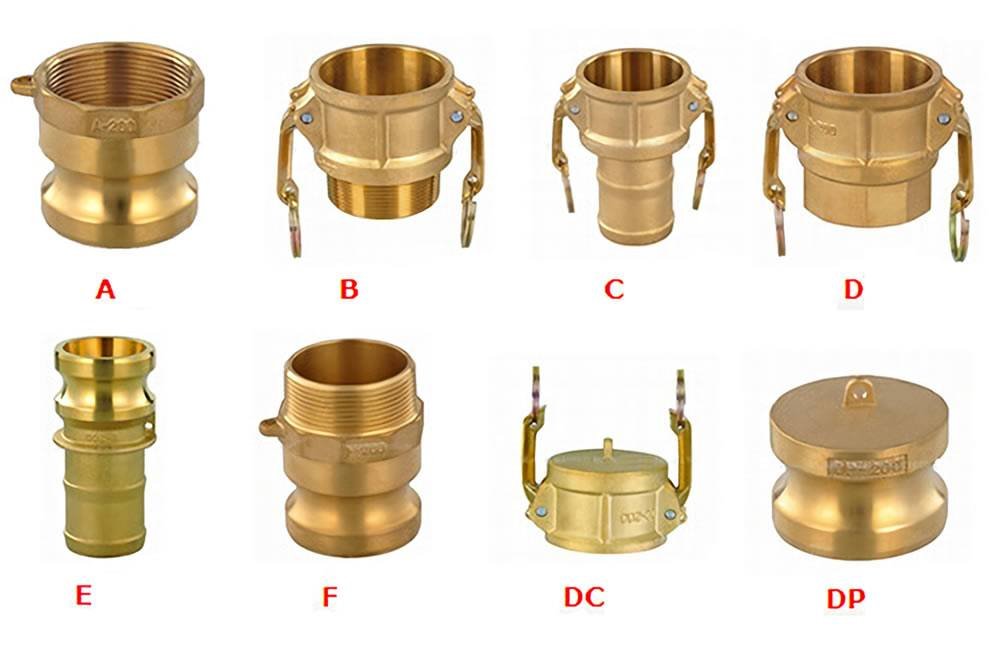
Let’s look in more detail at the best camlock fittings for industrial use:
- Type A – A Type A coupling is a male adapter x female thread. The type A adapter will thread onto male threaded fittings and components such as Pipe Nipples, Hex Nipples, Bushing Reducers, Hose Barbs, and KC Nipples.
- Type B – The Type B cam coupler is a female x male thread. The type B coupler will provide a threaded connection to any female threaded fittings and components, such as merchant couplings, Pipe Unions, Bell Reducers, Pipe elbows, and Pipe Tees.
- Type C – Type C cam and groove couplers are female couplers x hose barb, also called hose shank. These couplings are specifically designed to be installed into hoses.
- Type D – The Type D cam coupler is a female coupler x female thread. The type D coupler threads onto male-thread fittings and male-threaded components, including Pipe Nipples, Hex Nipples, Bushing Reducers, Hose Barb, and KC Nipples.
- Type E – The Type E cam coupler is a male adapter x hose barb (hose shank). These adapters are intended for installation in a hose. They allow for a quick disconnect system when connecting hoses, providing a tight and secure connection for transferring fluid.
- Type F – The Type F camlock adapter is a male adapter x male thread. The Type F adapter threads into female threaded fittings and components, such as merchant couplings, pipe unions, bell reducers, pipe elbows, and pipe tees.
- Dust Caps (Type DC) – The Type DC coupler is a female adapter x cap end. The Type DC is also referred to as a camlock Dust Cap.
- Dust Plug (Type DP) – A Type DP adapter comprises a male adapter x plug end. Type DP is also called a camlock Dust Plug, due to its intended use.
Camlock Standards and Specifications
There are two standards available for cam couplings. The American standard, A-A-59326D (formerly Mil-C-27487) and the European standard, EN 14420-7.
What is A-A-59326D (Mil-C-27487) Standard?
The A-A-59326D standard is a federal standard to which most camlock couplings are made in the US. Previously, camlock couplings were made to the US military specification Mil-C-27487, which described the dimensions, moulding methods, pressure ratings, tolerances, and inspection criteria for camlock fittings.
What is the EN 14420-7 Standard?
The EN 14420-7 Standard is the standard according to which cam couplings are manufactured in Europe. The European EN 14420-7 standard commenced in September 2004 and, in the interim, existed alongside the US Standard; however, the US specification was only relevant to the camlock coupling connecting side, and not the hose/thread stub.
How to Choose a Camlock
Choosing the right cam and groove fittings is critical to ensure safe, effective, leak-free fluid handling.
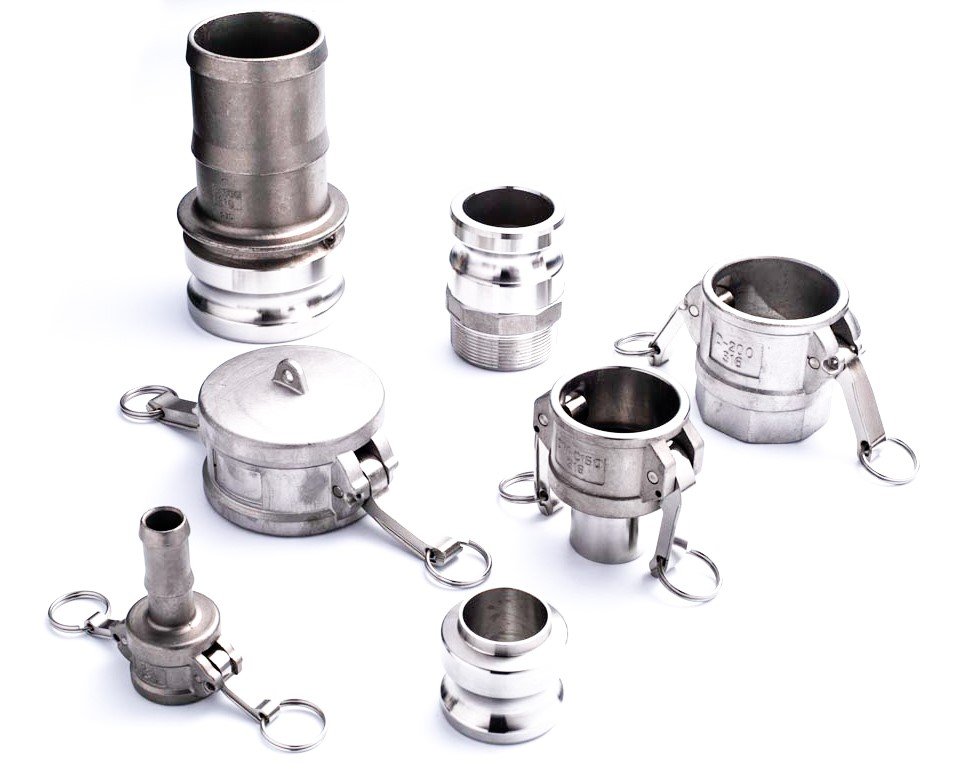
Let’s look at some major considerations that you need to consider in determining which camlock fitting is best for your application:
- Material – Camlock connectors are manufactured using different materials, including stainless steel, aluminium, brass, and polypropylene. Your choice of material will depend on what you are transferring and the environment in which you work.
- Size – Cam fittings are manufactured in several sizes, typically ranging from 3/4 inch to 6 inches, and the size must match the diameter of your hose or pipes. Always refer to a camlock fitting size guide to ensure the correct fit.
- Type of Connection – Camlock fittings are designated by letters (A, B, C, D, E, F, DC, DP). Each has a specific purpose concerning connecting hoses, capping ends, or adapting to different thread types.
- Thread Specifications – Know the thread standards of the equipment you use for threaded connections. BSP thread is used in Europe, Asia, and Australia. NPT is standard in the United States and Canada. Ensure all components of your cam couplers follow the same standard (e.g., MIL-C-27487 or EN 14420-7) to avoid fitment issues.
- Compatibility – Ensure the fitting and gasket are compatible with the substance you’re transferring. For example, some materials are better suited for corrosive chemicals, while others are ideal for water or fuel.
- Temperature and Pressure – Consider the temperature and pressure conditions of your application. Some materials and designs can handle higher pressures or extreme temperatures better than others.
Camlock Maintenance and Care
Proper care and maintenance of Camlock connectors are important to ensure long-lasting performance, avoid leaking, and uphold safety in your fluid handling equipment. Although camlocks are well-known for their durability and ease of use, periodic inspections and care considerably help avoid costly equipment failure, not to mention unnecessary downtime.

Here are a few ways to maintain and care for your cam couplings:
- Perform Regular Inspections – For example, if your car needs servicing, camlock connectors require routine cleaning. Inspect the fittings monthly or quarterly. Look for rust, dirt, or any signs of damage.
Cleaning Tips:
- Use a mild cleaning solution and a soft cloth to clean the surfaces of the fittings. Be careful not to use harsh acids or alkalis because these can potentially harm the material. The best cleaning practice is mild soap and water with a soft cloth or sponge.
- Remove any debris or residue inside the fittings so they are clean and functioning correctly, creating seals while in service.
Cleaning the fittings will keep your camlock fittings looking great and functionally improve performance by benefiting from efficient operation without malfunction due to accumulated contaminants.
- Lubricate Moving Parts – Operating a car’s door lock without lubrication is impossible. The same applies to your cam and groove fittings. To achieve smooth, trustworthy locking, you will have to ensure that you lubricate the lifters.
Lubrication Tips:
- Every so often, your locking mechanism should be lubricated with a waterproof, rust-proof lubricant. The locking mechanism should move freely. Ensure that the lubricant is appropriate for metal surfaces. Some lubricants will damage rubber seals.
- You should apply lubricant liberally, but not to excess. The more you use, the more dirt accumulates, emphasizing the fittings’ wear and tear.
Properly lubricating your camlock connectors will help ensure they operate smoothly and prolong the locking mechanism’s useful life.
- Inspect and Replace Sealing Gaskets – Sealing gaskets are arguably the most vital component of camlock fittings, as they provide the tightness necessary for liquid or gaseous connections. Damage, cracks, or warping of sealing gaskets can result in leaks.
Inspection and Replacement Tips:
- Inspect sealing gaskets regularly to ensure no cracking, wear, or aging. If you find any damage, you must change the seal immediately.
- Use high-quality replacement sealing gaskets; while you can find lower-quality seals, using the best ones will perform better.
You must consider that sealing gaskets are like the “guard shields” of your fittings; if you keep a full complement of up-to-date sealing gaskets, you can assure a tight, leak-free connection.
- Avoid Overuse and Overloading – The rated working pressure of the cam couplers is their “limits,” and pushing these limits can cause damage to the fittings. It may affect the safe use of the fittings and fittings downstream from them.
Usage Tips:
- Choose the proper camlock fitting based on its rated working pressure and do not overload it.
- Inspect the fittings regularly for deformation or wear. If wear or deformation is spotted, replace the fitting immediately.
Abusing or overloading fittings shortens their lifespan and increases the risk of deformation or failure, which can jeopardize the safety and effectiveness of the pipeline system.
- Proper Storage and Transportation – Storing cam couplers in unsuitable environments, such as high humidity, extreme temperatures, or prolonged exposure to UV light, can affect their condition and shorten their service life.
Storage Tips:
- Suppose camlock fittings are put away and not in use. In that case, we encourage putting them into a clean, dry, and cool location, where you have proper temperature ranges, again, avoiding excessive humidity or extreme temperature.
- Fittings designed for harsh conditions, such as extreme temperatures or high-pressure environments, can withstand these conditions without compromising performance. However, storing them properly is important to prevent unnecessary stress and wear that could shorten their lifespan.
Providing an “ideal home” for your camlock fittings will greatly help against environmental damage and lengthen their life drastically.
Specific Examples of Camlock Use
Cam couplers are appreciated for their versatility, durability, and ease of use across various industries. Although they all serve the common purpose of connecting hoses and pipes quickly and conveniently, there are numerous applications dependent on the environment and the material being moved.

Here are some specific, real examples of the use of camlocks:
- Oil and gas industry – Camlock couplings were designed to allow equal oil distribution throughout the petrochemical industries, and aluminium cam and groove fittings suit this purpose.
- Food and beverage industry – Grade 316 Stainless Steel couplings do not relay any chemical residue in the goods travelling through the two hoses or pipes. So, it is reasonable that the food and beverage industry would be a good use for the couplings in question.
- Agriculture and irrigation – In agriculture, nylon or polypropylene camlock couplings transfer liquid goods between two hoses or pipes. The coupling design can withstand acids for agricultural and irrigation purposes.
- Manufacturing sector – Manufacturers in the dye, paint, and ink industries often need to change pipes to achieve the right mix of raw materials. Cam couplers are ideal for this process, allowing quick and easy connection and disconnection.
- Construction industry – Camlock connectors occupy a unique place in the construction industry, primarily due to their fluid transfer of slurries, water, and other such fluids.
- Chemical manufacturing sector – Regardless of whether you are transferring corrosive chemicals, oils, or solvents, camlock fittings seal your connection tightly and help protect against product contamination and human safety.
- Marine Industry – The marine industry commonly uses brass camlock fittings to connect pipes or hoses under the water due to the anti-corrosive properties of brass.
- Pharmaceutical Industry – The stainless steel camlock fittings are hygienic, especially if made of Grade 316, which is ideal for pharmaceutical processing.
- Mining Industry – The camlock connectors used in the mining industry are perfect for connecting with water pumps, dewatering systems, hydraulic systems, and other similar equipment.
- Firefighting and Emergency Services – Emergency services, such as firefighting, use Camlock fittings to connect remote water supply facilities, providing industrial-level protection against fires.
- HVAC and Plumbing – The male camlock adapters are typically seen at the inlet & outlet areas of transfer pumps, HVACs, filters, and other industrial equipment.
- Waste Management – The stainless steel camlock fittings treat wastewater at treatment/purification plants.
How to Choose a Camlock Manufacturer
Choosing a Camlock type will depend upon what your company does and how it does it. It’s essential to have the right kind of Camlock. There are so many different Camlocks out there, it can be tough to find a good fit for your needs!
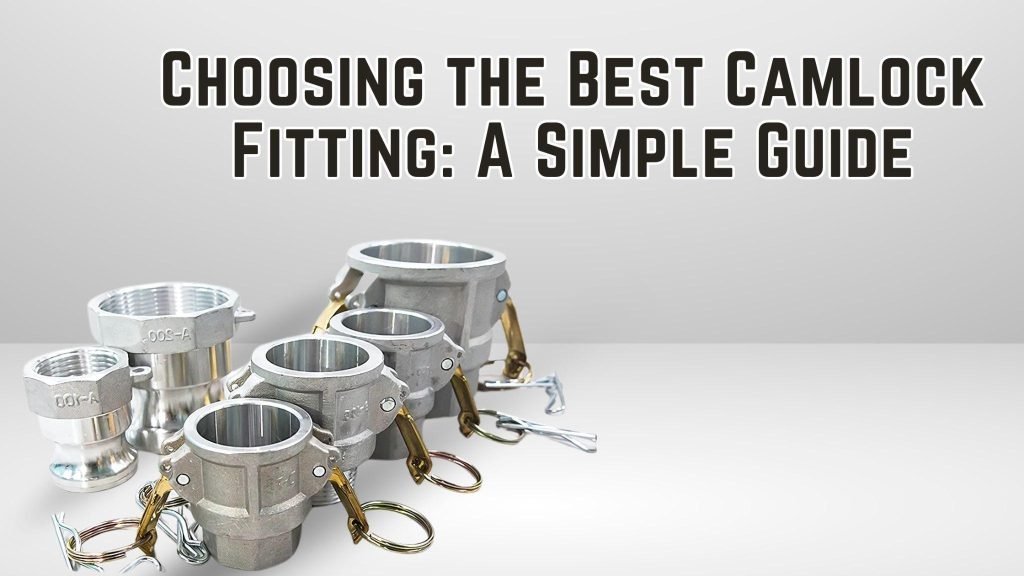
Here are some helpful methods to choose the Camlock type that will be perfect for your application:
- Application – When choosing your type of Camlock, you want to look at your application and determine your options. Camlocks generally come in different categories and have different intended purposes. It is also important to be aware of whether you are using high or low pressure, which will affect the performance and application of the cam coupler.
- Strength – Camlock connectors should be sturdy, simple to use, and make your job easier. You should consider the Camlocks’ quality before making your purchasing decision. When you decide to select your new Camlocks to suit your purpose, you want the peace of mind of being able to install them without worrying about breaking or damaging them.
- Budget – The different types of cam and groove fittings available on the market differ in feature, function, and price. If you are just beginning to do this project, it is a good timesaver and money saver to stay within a certain price range so you are not spending (wasting?) your money on things you will never use.
Choosing the best camlock manufacturer isn’t simply about getting a fitting that works. It also involves finding a partner that you can depend upon to provide quality, reliability, and support over the long run.
FAQs
Q: Are camlock fittings interchangeable between manufacturers?
A: Yes, as long as they conform to specifications like MIL-C-27487 or EN 14420-7.
Q: Can I use camlock fittings for high-pressure applications?
A: Cam and groove fittings are commonly specified for low to medium-pressure systems. Always check the pressure rating.
Q: How long do camlock fittings last?
A: When properly maintained, camlock connectors can last for several years. Materials and use will determine the lifespan.
Q: Are camlocks safe for food-grade applications?
A: Yes, especially sanitary standard cam couplers made from stainless steel.
Q: What is the most common camlock size?
A: Common sizes range from 1″ to 4″, depending on the industry and application.

